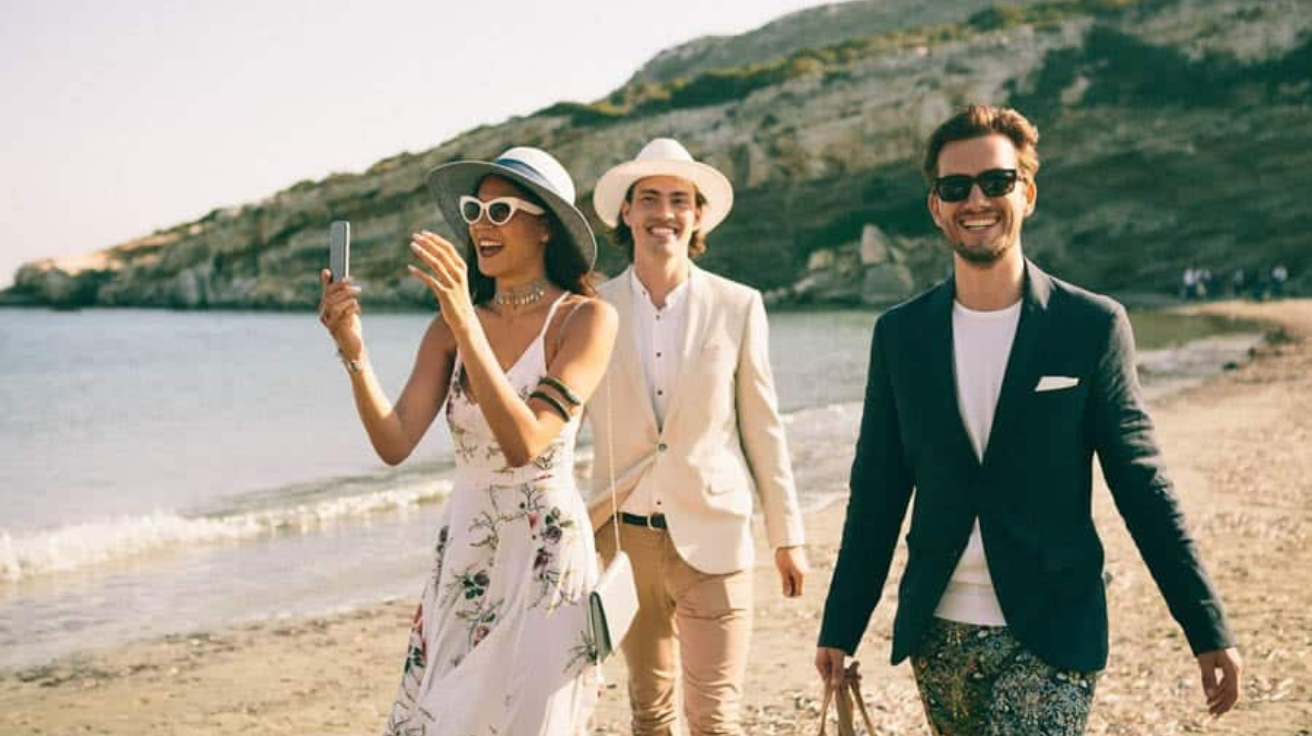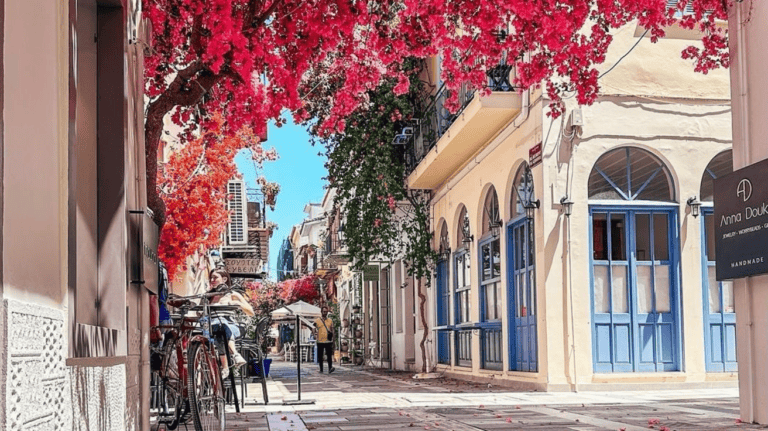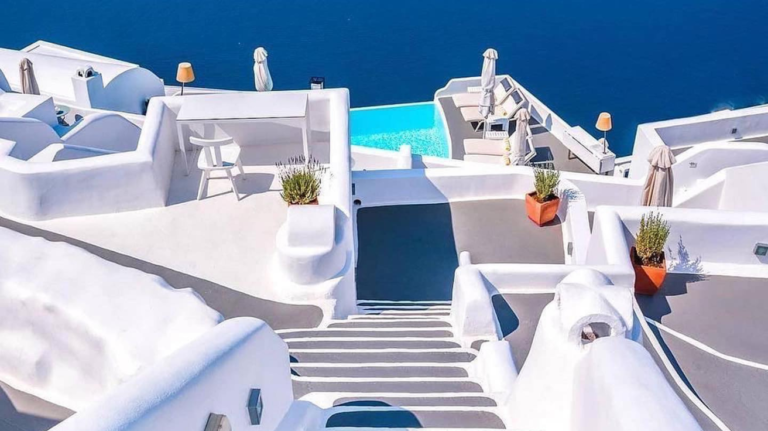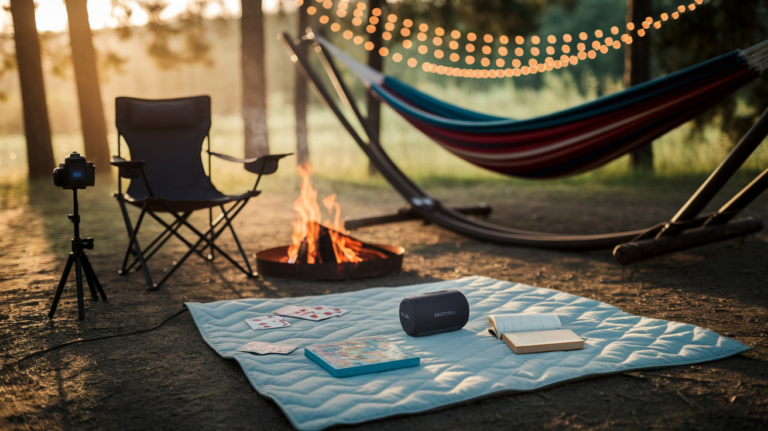What to Wear in Greece to not Look Like a Tourist – Comprehensive Packing Guide
When traveling to Greece, one of the best ways to blend in with the locals and avoid looking like a tourist is by dressing in a way that matches the local culture and climate. Greeks take pride in looking polished and well-dressed, especially in urban areas, even when dressing casually. The key to looking like a local is to strike a balance between comfortable, climate-appropriate clothing and the classic, timeless elegance that characterizes Greek fashion.
1. Understand the Greek Aesthetic
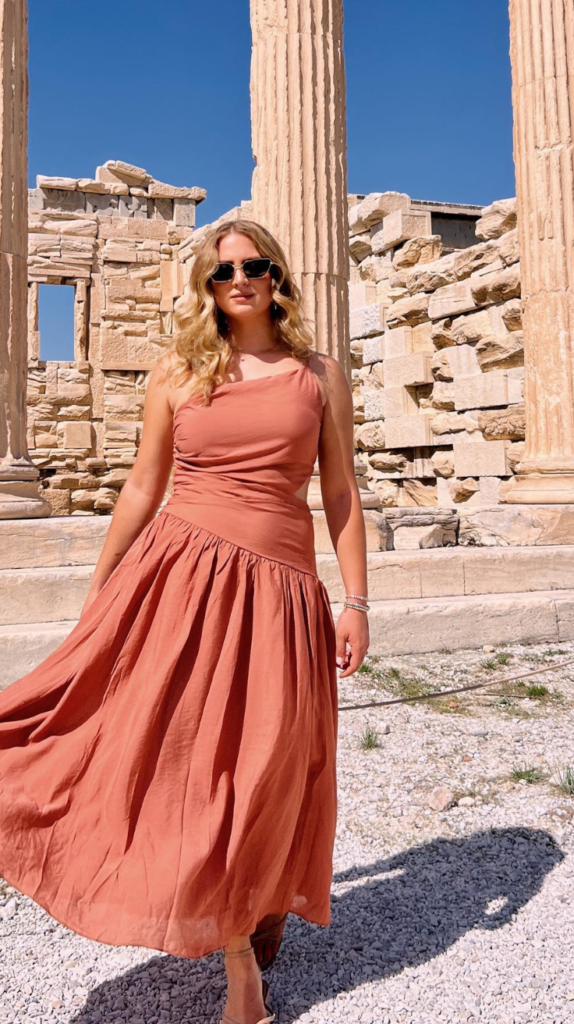
The Greek style is often effortlessly chic. Greeks tend to favor timeless pieces over trendy or overly bright outfits. Neutral tones, earth colors, and minimalist designs are popular, and they mix these with a few well-chosen accessories. The style is practical but polished, making it easy to blend in by following a few simple guidelines.
Greeks are known for taking pride in their appearance, even if they are just going for a coffee or doing errands. It’s common to see locals wearing stylish yet comfortable clothing. Greek women, especially in cities, often wear sundresses or blouses with smart trousers or skirts, while men lean toward fitted pants, smart shoes, and pressed shirts. The goal is to look put-together, even in casual settings.
2. Packing Essentials for Greece
Packing wisely is key. Here’s a basic checklist to help you select pieces that will blend well with the local style:
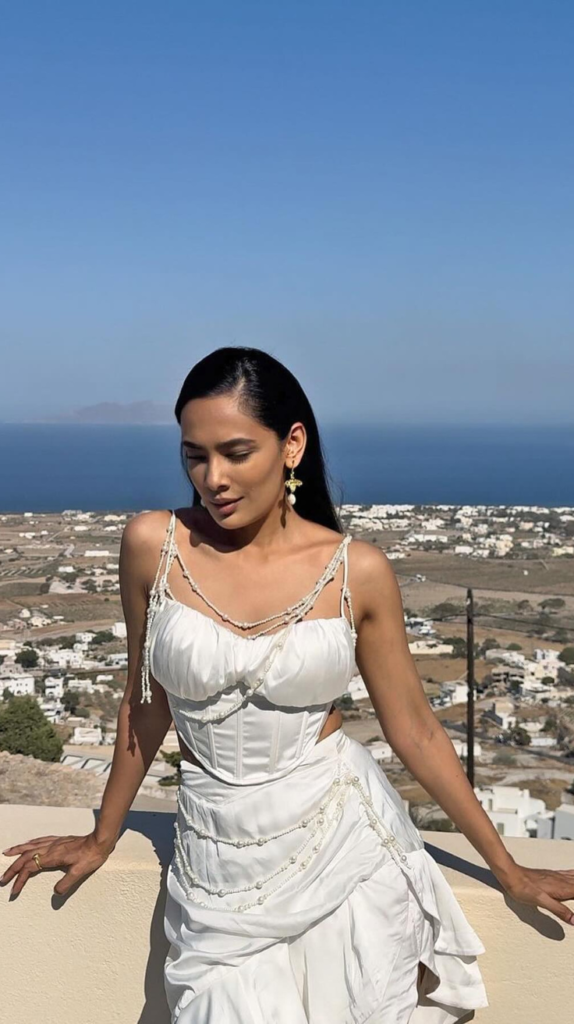
- Neutral and Earthy Colors: Stick to whites, creams, blacks, olives, and beiges, which blend well with Greece’s natural and urban landscapes. These colors look great in the sunny weather and work well for layering.
- Comfortable Footwear: Greece’s beautiful landscapes are often paired with cobblestone streets and hilly terrain. Choose footwear that’s comfortable yet stylish, like leather sandals, loafers, or espadrilles. Avoid clunky sneakers or overly sporty shoes, as they tend to look more “touristy.”
- Layerable Pieces: In the spring and fall, pack light layers like cardigans, denim jackets, and scarves. In summer, go for lighter materials and keep the layering minimal, but consider a shawl or wrap for evenings.
- Quality Over Quantity: Greek fashion prioritizes quality and fit. Instead of packing many items, choose well-made pieces that go with multiple outfits. Think structured blouses, well-fitted trousers, and quality fabrics.
Summer (June to August)
Summer in Greece is hot, with temperatures often reaching up to 35°C (95°F) or more in cities and islands alike. The sun is strong, so lightweight, breathable fabrics are a must. Here are some tips for dressing well in the summer heat:
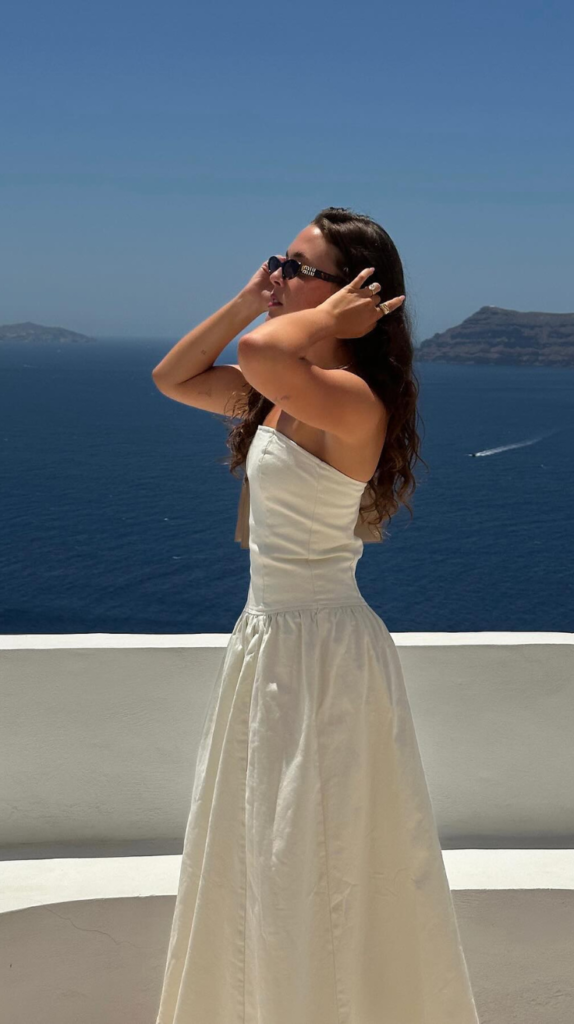
Women’s Summer Style
- Dresses: Simple sundresses or maxi dresses in cotton or linen work well. Avoid overly bright colors or tropical prints, and choose subdued tones like olive, beige, or navy. Pair with a wide-brimmed hat for sun protection.
- Tops: Opt for lightweight blouses, tank tops, or sleeveless shirts in breathable fabrics like linen and cotton.
- Bottoms: Loose-fitting skirts, wide-legged pants, or tailored shorts are ideal. Avoid denim shorts and go for something that breathes, like linen or cotton.
- Shoes: Comfortable sandals are essential. Avoid flip-flops unless you’re at the beach; Greeks typically see flip-flops as too casual for city streets.
- Accessories: Sunglasses, a wide-brimmed hat, and a light shawl or scarf can complete your outfit, especially when visiting churches or sacred sites that require modest dress.
Men’s Summer Style
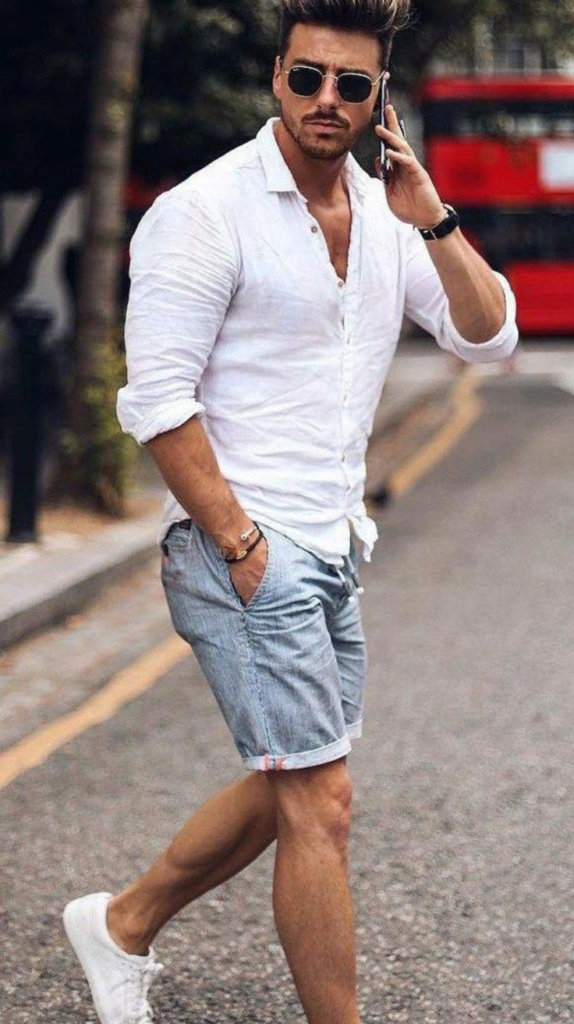
- Shirts: A fitted polo shirt, short-sleeved button-up, or well-made T-shirt works well. White, navy, or earth tones are a safe choice.
- Bottoms: Linen trousers, chinos, or tailored shorts are great for summer. Avoid cargo shorts or overly baggy clothing.
- Shoes: Espadrilles, loafers, or leather sandals are stylish options that match well with the Greek aesthetic.
- Accessories: A good pair of sunglasses and a hat for sun protection are essential.
Spring and Fall (March to May, September to November)
Spring and fall bring moderate temperatures, often between 15-25°C (59-77°F). The layers you wear should be versatile and suitable for unpredictable weather.
Women’s Spring/Fall Style
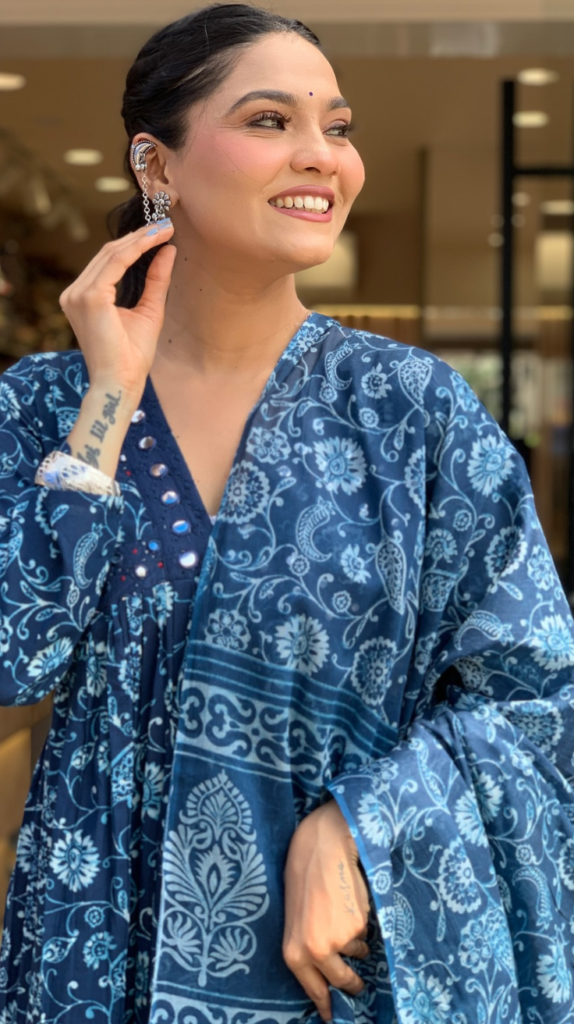
- Tops: Long-sleeve blouses or lightweight sweaters are ideal. You can also layer with a denim jacket or blazer for cooler evenings.
- Bottoms: Fitted jeans, tailored trousers, or skirts work well. Consider a midi or maxi length for skirts to stay comfortable in variable temperatures.
- Shoes: Ankle boots, loafers, or flat shoes with a comfortable sole are great options. Avoid anything too bulky.
- Accessories: Light scarves, sunglasses, and a crossbody bag can elevate a simple outfit while keeping it functional for a day of sightseeing.
Men’s Spring/Fall Style
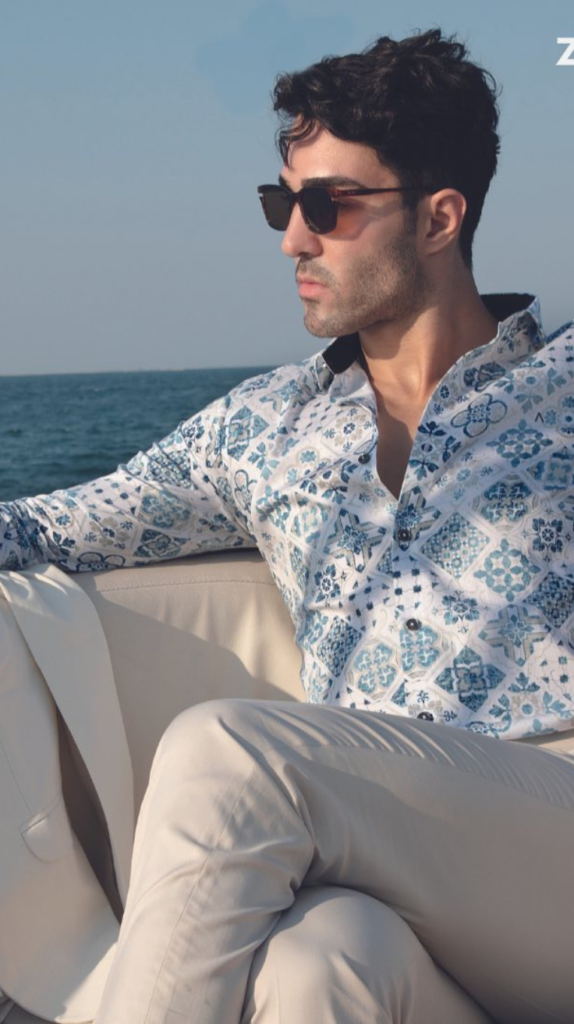
- Shirts: Long-sleeve button-ups or lightweight sweaters in neutral tones work well for this season. Layering a cardigan or jacket over a T-shirt can also look stylish.
- Bottoms: Dark jeans or chinos are perfect for cooler weather.
- Shoes: Closed-toe shoes, such as loafers or leather sneakers, are both comfortable and stylish.
- Outerwear: A simple jacket, like a denim or leather option, can make an outfit look effortlessly Greek.
Winter (December to February)
Winters in Greece, especially in cities like Athens and Thessaloniki, can be chilly, with temperatures averaging between 5-15°C (41-59°F). Coastal areas might be milder, but winter wear is still necessary.
Women’s Winter Style
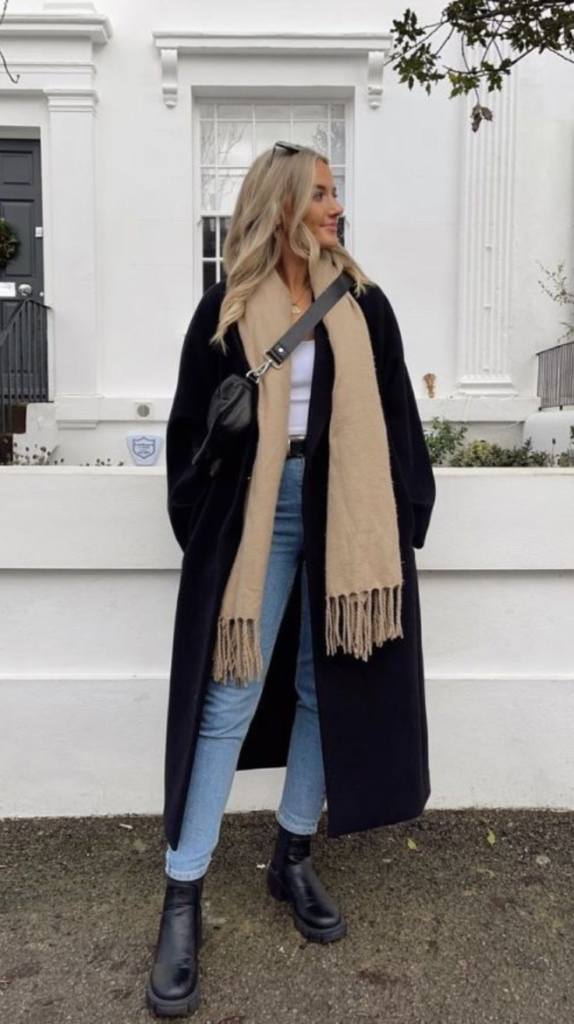
- Outerwear: A stylish wool coat or trench coat works well. Dark colors are popular, but a classic beige or camel tone is timeless and fits the Greek aesthetic.
- Tops: Sweaters, turtlenecks, and long-sleeve tops in quality fabrics keep you warm while looking chic.
- Bottoms: Dark jeans, tailored trousers, or leggings with a warm lining work well.
- Shoes: Ankle boots or leather loafers are suitable, and they’re great for walking around on uneven pavement.
- Accessories: A simple scarf, a knit beanie, and gloves will complete the outfit. Greeks tend to favor classic patterns and avoid overly bright or bold winter accessories.
Men’s Winter Style
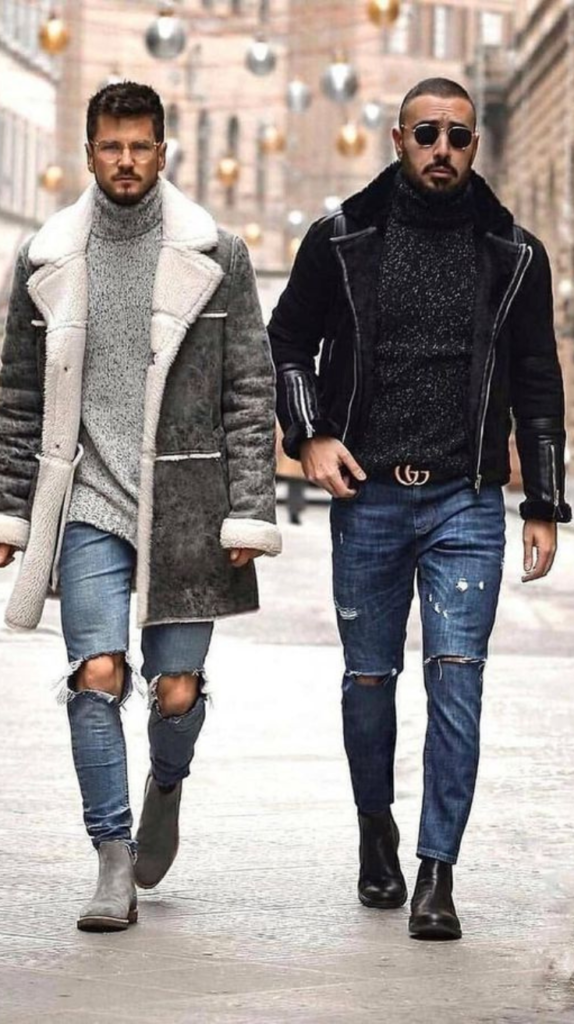
- Outerwear: A classic peacoat or wool coat keeps you warm and stylish. Dark colors are preferred.
- Tops: Sweaters, turtlenecks, and collared shirts in neutral tones are good for layering.
- Bottoms: Dark jeans or wool trousers are ideal.
- Shoes: Leather boots, dark loafers, or oxford shoes are perfect for winter outings.
- Accessories: A simple scarf and gloves in neutral colors will blend well with the Greek winter style.
3. General Tips to Avoid Looking Like a Tourist
To truly blend in, it’s not just about the clothes but also about the details and how you carry yourself. Here are some additional tips to help you avoid the tourist look:
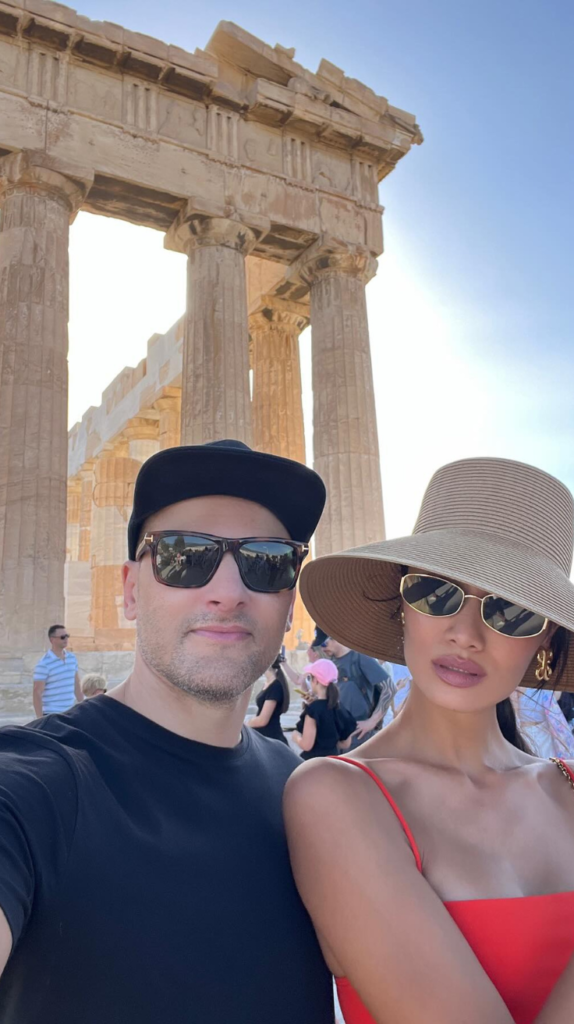
- Avoid Overly Flashy Clothing: Greeks appreciate simplicity and elegance. Bright Hawaiian prints, neon colors, or shirts with large logos can easily signal that you’re a tourist.
- Go Light on Sportswear: Unless you’re at the gym or engaging in an outdoor activity, avoid wearing head-to-toe sportswear in public. Greeks generally reserve sports clothes for specific activities and rarely wear them as casual attire.
- Minimize Backpacks and Bulky Bags: A large backpack or an oversized camera bag is a dead giveaway of a tourist. Instead, opt for a crossbody bag, tote, or compact backpack if you need to carry essentials.
- Dress Modestly at Religious Sites: If you plan to visit monasteries or churches, ensure your shoulders and knees are covered. Women should consider bringing a shawl or scarf.
- Skip the Souvenir T-Shirts: It’s tempting to buy and wear clothing with “Greece” printed on it, but wearing these items will make you stand out as a tourist. Instead, buy a local accessory or item of clothing that fits seamlessly with local styles.
- Limit Gadgets and Selfie Sticks: While it’s great to capture memories, excessive photo-taking, especially with gadgets like selfie sticks, can draw unwanted attention. Be mindful of your surroundings and try to embrace the moment rather than constantly documenting it.
- Wear Sunglasses: Sunglasses are essential in Greece, and many locals wear them almost daily due to the sun. A stylish, understated pair of sunglasses can add to your look.
- Carry a Reusable Water Bottle: Many tourists carry plastic water bottles everywhere, but a sleek, reusable water bottle will blend in better and is environmentally friendly.
4. Examples of Outfits to Blend in with Locals
Example 1: Day at the Acropolis
- Women: Linen pants, sleeveless top, leather sandals, and a wide-brimmed hat.
- Men: Fitted T-shirt, linen trousers, leather loafers, and sunglasses.
Example 2: Dinner Out in Athens
- Women: Midi dress in a neutral tone, ankle boots, a light jacket or shawl, and simple jewelry.
- Men: Dark jeans, a button-up shirt, leather shoes, and a light jacket if it’s cooler.
Example 3: Exploring the Islands
- Women: Maxi dress, leather sandals, sunglasses, and a small crossbody bag.
- Men: Short-sleeved button-up, chino shorts, espadrilles, and sunglasses.
By keeping these tips and suggestions in mind, you can dress in a way that feels comfortable and aligns with the local style, enhancing your experience and helping you blend in seamlessly with the beautiful and vibrant culture of Greece.
